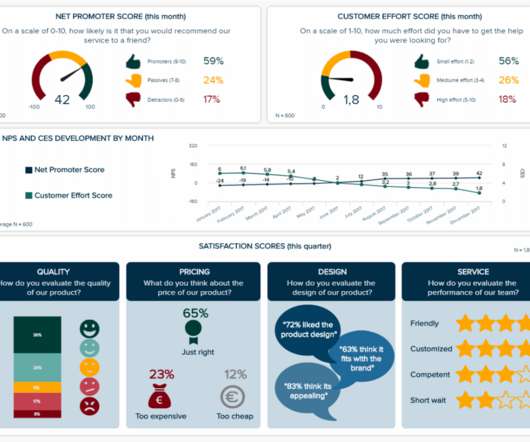A Guide To The Methods, Benefits & Problems of The Interpretation of Data
datapine
JANUARY 6, 2022
Data analysis and interpretation have now taken center stage with the advent of the digital age… and the sheer amount of data can be frightening. In fact, a Digital Universe study found that the total data supply in 2012 was 2.8 Quantitative analysis refers to a set of processes by which numerical data is analyzed.














Let's personalize your content